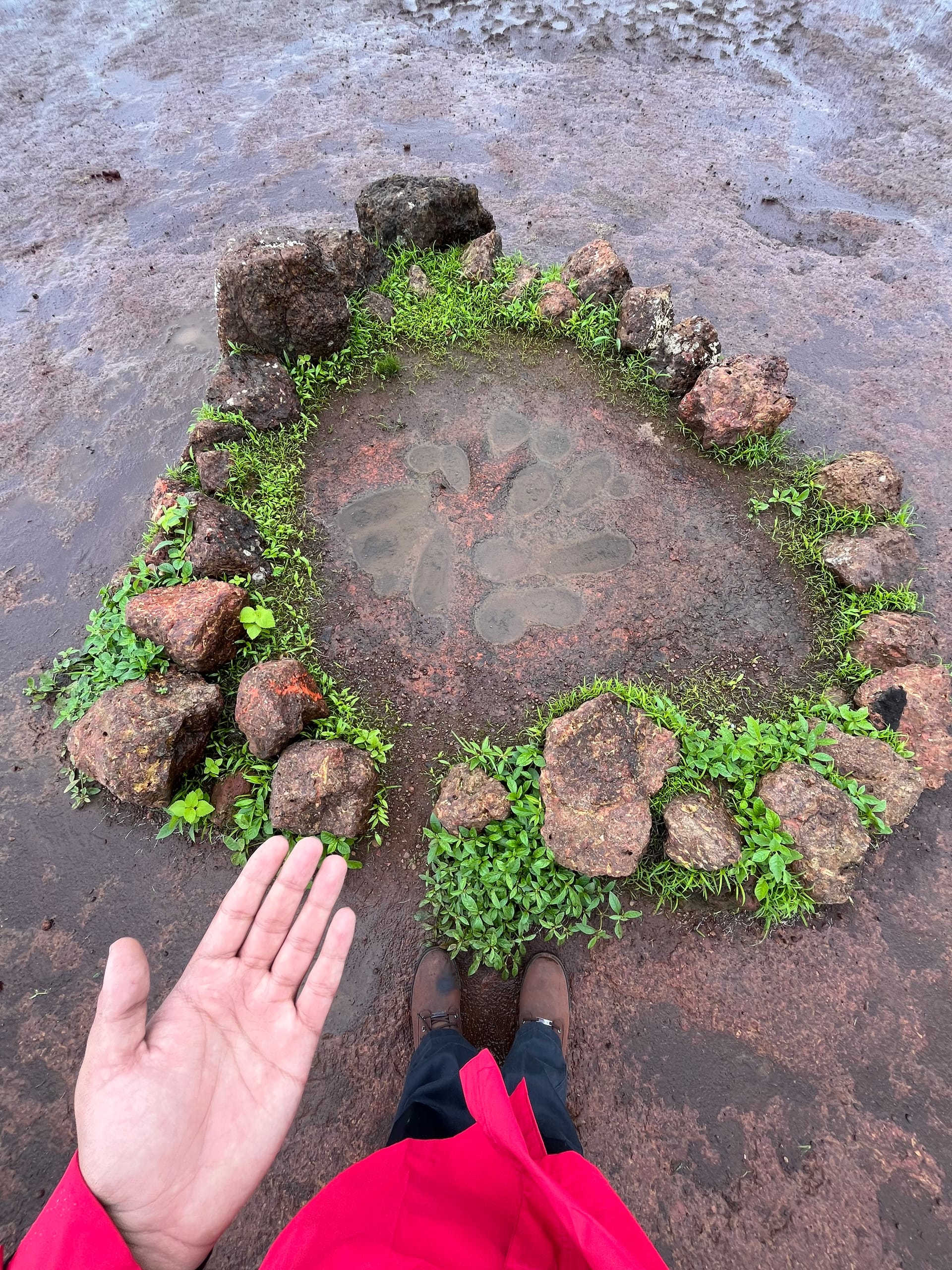The Shiva Kavad Yatra, an iconic Hindu pilgrimage in India, has a rich history that is deeply rooted in the cultural and spiritual traditions of the country. The word "kavad" refers to a portable shrine or structure that devotees carry on their shoulders, containing the symbolic representation of the holy river Ganga and the deity Lord Shiva(Pelissero, 2017).
While the precise origins of this sacred practice may be obscured by the passage of time, scholarly evidence suggests that the tradition of Hindu pilgrimage in India can be traced back to a period as early as the third millennium before the Common Era(Singh, 2004). The Shiva Kavad Yatra, in particular, is believed to have its roots in the ancient Hindu belief system, where the journey to sacred sites and the act of bathing in holy waters were seen as a means of purification and spiritual elevation(Pelissero, 2017).
The significance of the Shiva Kavad Yatra is further underscored by its association with the auspicious month of Savan, which is considered one of the holiest months in the Hindu calendar. During this time, devotees embark on a pilgrimage to the holy sites of Lord Shiva, carrying the Kavad as a symbol of their devotion(Patil, 2020).
The Kavad Yatra is an integral part of the Savan festivities, which are celebrated across India with great fervor and devotion. The festival is marked by the descent of the holy river Ganga, known as "Ganga Dashmi" or "Ganga Dussehra", and the Kavad Yatra serves as a physical manifestation of this celestial event(Patil, 2020).
The Shiva Kavad Yatra is not merely a religious ritual; it is a complex interplay of religious, developmental, and environmental narratives that shape the landscape of the regions it traverses(Dahake, 2018).
The Yatra, which involves thousands of pilgrims converging along the banks of rivers like the Godavari, has become a significant driver of religious tourism and economic development in these areas(Dahake, 2018). However, the rapid growth of this pilgrimage has also raised concerns about the impact on the river ecology and the need for a more sustainable approach to managing this cultural phenomenon.
As the Shiva Kavad Yatra continues to captivate the hearts and minds of devotees across India, it serves as a testament to the enduring power of Hindu spirituality and the deep-rooted connection between religion, heritage, and travel in the Indian subcontinent.
References:
Dahake, S. (2018, June 6). Taming Godavari River: Navigating through religious, developmental, and environmental narratives. Wiley, 5(5). https://doi.org/10.1002/wat2.1297
Patil, M U. (2020, September 1). Legend descent of Ganga and similarities with impact event. , 6(5), 250-257. https://doi.org/10.22271/23947519.2020.v6.i5e.1148
Pelissero, A. (2017, January 1). Theory and practice of Pilgrimage in Hinduism. , 1-12. https://aperto.unito.it/handle/2318/1632650
Singh, S. (2004, February 1). Religion, Heritage and Travel: Case References from the Indian Himalayas. Taylor & Francis, 7(1), 44-65. https://doi.org/10.1080/13683500408667972



